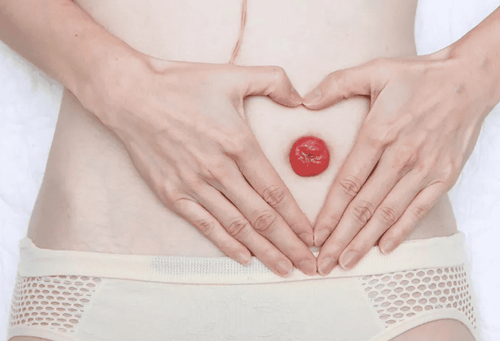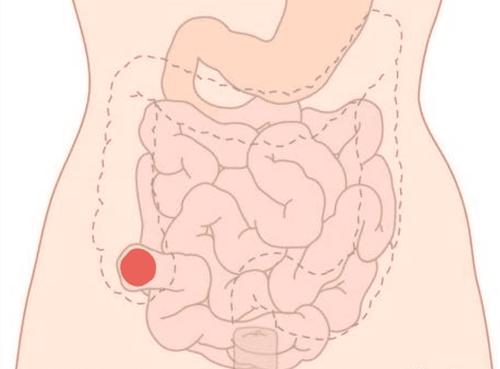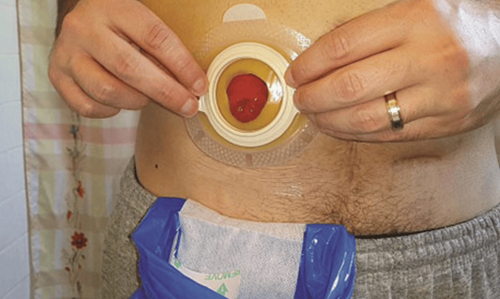This is an automatically translated article.
Post by Master, Doctor Mai Vien Phuong - Gastrointestinal Endoscopy - Department of Medical Examination & Internal Medicine - Vinmec Central Park International General Hospital.Surgery is one of many treatment options for people with ulcerative colitis (UC). However, not all patients are indicated for surgical treatment of ulcerative colitis. Some people may try less invasive treatments first and then surgery if the disease progresses..
1. When is surgery necessary for ulcerative colitis?
You can control colitis through medication and changes to your diet. Over time, the original treatments your doctor prescribed may no longer work or they may become less effective.
The symptoms and side effects of ulcerative colitis can become so severe that other treatment options are needed, such as colitis surgery.
Surgery for ulcerative colitis is rarely the first choice. However, 1 in 3 people with ulcerative colitis will need surgery if the disease is more advanced. Most people with ulcerative colitis will be able to treat the disease in other, less invasive ways before surgery is needed.
2. Surgical methods for ulcerative colitis Colectomy When surgery is needed, the colon and rectum are removed. A colectomy is done in the hospital as an inpatient surgery. This means you will stay in the hospital for the duration of the procedure and partial recovery. You will need general anesthesia .
After you have had your colorectal surgery. You will need an ileostomy or an ileostomy-anal anastomosis (ileostomy-anal canal). In most cases, your doctor will do both surgeries at the same time so you don't have to have general anesthesia again.
Ileostomy - ileostomy After your colon and rectum are removed, your doctor will need to create a way for your body to get rid of stool. This procedure is called ileostomy.
Percutaneous ileostomy is an effective treatment for ulcerative colitis, but you will need an opening from the small intestine to the skin as part of the procedure. A stoma is an opening surgically created that allows waste from the intestines to exit the body. A mass of openings to the skin is created in the lower abdomen, just below the waist.
You will also need to wear an anal bag. An anal bag is a bag that you wear outside to catch your body's waste.
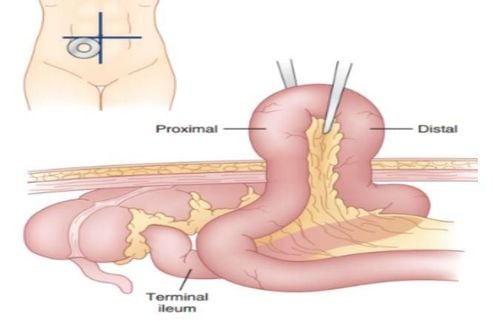
ileo-anal anastomosis (IPAA) This type of procedure is sometimes called a J-pouch. The surgery is effective but not as long-lasting as an ileostomy.
A pouch formed at the end of the ileum and attached to your anus. This eliminates the need for an external anal sac. Some people experience fecal incontinence or inadvertently pass waste after surgery. Medicines can help control the function of the pouch. You may also experience inflammation or irritation in the pouch. This is called pouchitis.
As with ileostomy, you will need a colectomy before performing an ileostomy-anal canal. An ileostomy - anal canal is done in the hospital and you will be under general anesthesia.
Ielectomy - the anal canal will not work like the normal bowel and rectum at first. You can have a leaky gut for several weeks as you learn to control the pouch inside. Medicines can help. The pouch may become inflamed or irritated. You may need ongoing treatment.
If you are a woman and plan to have children in the future, talk to your doctor about this before the procedure. This procedure can lead to infertility in women.
An ileostomy keeps stool in the abdomen This is a type of surgery for ulcerative colitis. During this procedure, the end of the ileum is kept inside the abdomen and you do not need to wear an ostomy bag. Creating a K-ileo bag also differs from a J-pouch in that the ileum is not connected to the anus. Instead, an ileostomy that keeps stool in the abdomen relies on an internal valve to collect waste and prevent it from escaping.
When the ileostomy bag is full, waste is removed through the catheter. You will need to use the vent cap and drain the bag regularly, at least a few times per day.
An ileostomy that keeps stool in the abdomen may be more suitable if you have problems with the anal sac, such as skin irritation, or if you don't want to mess with the external waste bag. However, given the fact that an ileostomy can only be performed when your intestines are healthy, this procedure is not as common as it once was.
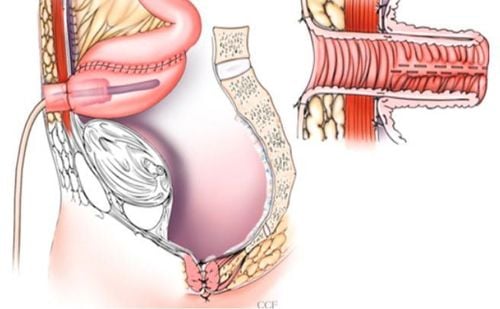
Bleeding during and after surgery Infection Scarring Itching or irritation of the colostomy Injury to abdominal organs Blocked bowel Diarrhea Many gas Rectal discharge Nutritional deficiencies Electrolyte imbalance Bowel surgery may also pose a risk of developing a phantom rectum. Virtual rectum refers to the sensation of having to have a bowel movement even though you no longer have a rectum. This can happen for several years after surgery. Meditation, antidepressants, and pain relievers can help treat a phantom rectum.
4. Post-operative care After surgery, you'll stay in the hospital for 3-7 days depending on how your condition progresses. This time period allows the surgeon to monitor you for signs of complications.
Your care team will likely refer you to the following points to help improve your recovery and limit complications:
Eat well because good nutrition can help your body heal and avoid health problems after surgery. Nutrient absorption can be an issue after these surgeries, so eating well will help you maintain nutrient levels. Staying hydrated is important for your overall health but especially for your digestive health. Drink a minimum of two to bal liters of water per day. Consult with a rehabilitation therapist or a physical therapist to slowly restore your physical abilities and exercise when you can. Stress management: Anxiety or mental stress can cause stomach problems. 5. How to care for the anal sac If you have a uterine sac from a traditional ileostomy, you will need to take care of it to reduce your risk of gastrointestinal discomfort and other complications. Your surgeon will advise you to take the following steps to care for your colostomy:
Empty your anal sac whenever it is one-third full. This will help prevent leaks and bulkiness. When you're ready to empty the bag, hold the bottom of the bag and slowly lift it, gently rolling it over the toilet. Wipe the inside and outside of the bag with toilet paper and then roll it up. Depending on the type of pouch you have, you may need to change your anal bag once per day or a few times per week. You may also have to change the bag more often if you sweat a lot because it won't be able to adhere to the skin as effectively as it should. When removing the anal bag, you need to carefully clean any secretions around the stoma and clean the skin with soap and water. Make sure your skin is completely dry before placing the new patch and pouch on your skin. In summary, for most people with ulcerative colitis, surgery is a last resort after other treatments have failed or haven't yielded the needed improvement. Surgical options fall into two main categories. The main difference is where the waste bags are placed after surgery.
Both surgeries are very intensive and require a long recovery time. Before you make a decision, consult with a variety of healthcare professionals, including your doctor, surgeon, and enteric therapist.
Please dial HOTLINE for more information or register for an appointment HERE. Download MyVinmec app to make appointments faster and to manage your bookings easily.
References:The American Cancer Society medical and editorial content team. Caring for a colostomy. (2017). cancer.org/treatment/treatments-and-side-effects/physical-side-effects/ostomies/colostomy/management.html The American Cancer Society medical and editorial content team. (2017). Types of ileostomies and pouching systems. cancer.org/treatment/treatments-and-side-effects/physical-side-effects/ostomies/ileostomy/types.html Continent ileostomy. (n.d.). columbiasurgery.org/conditions-and-treatments/continent-ileostomy Mayo Clinic Staff. (2018). Ileoanal anastomosis (J-pouch) surgery. mayoclinic.org/tests-procedures/ileoanal-anastomosis-surgery/basics/definition/prc-20013306






